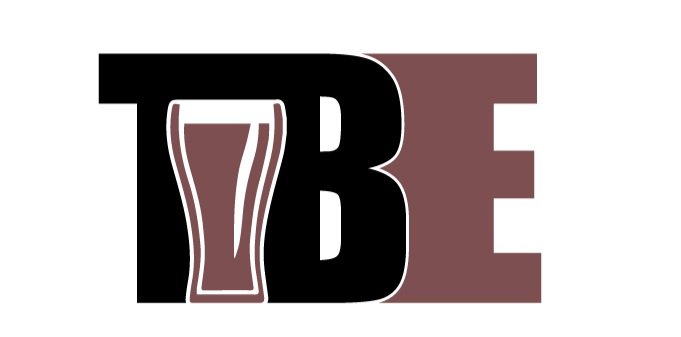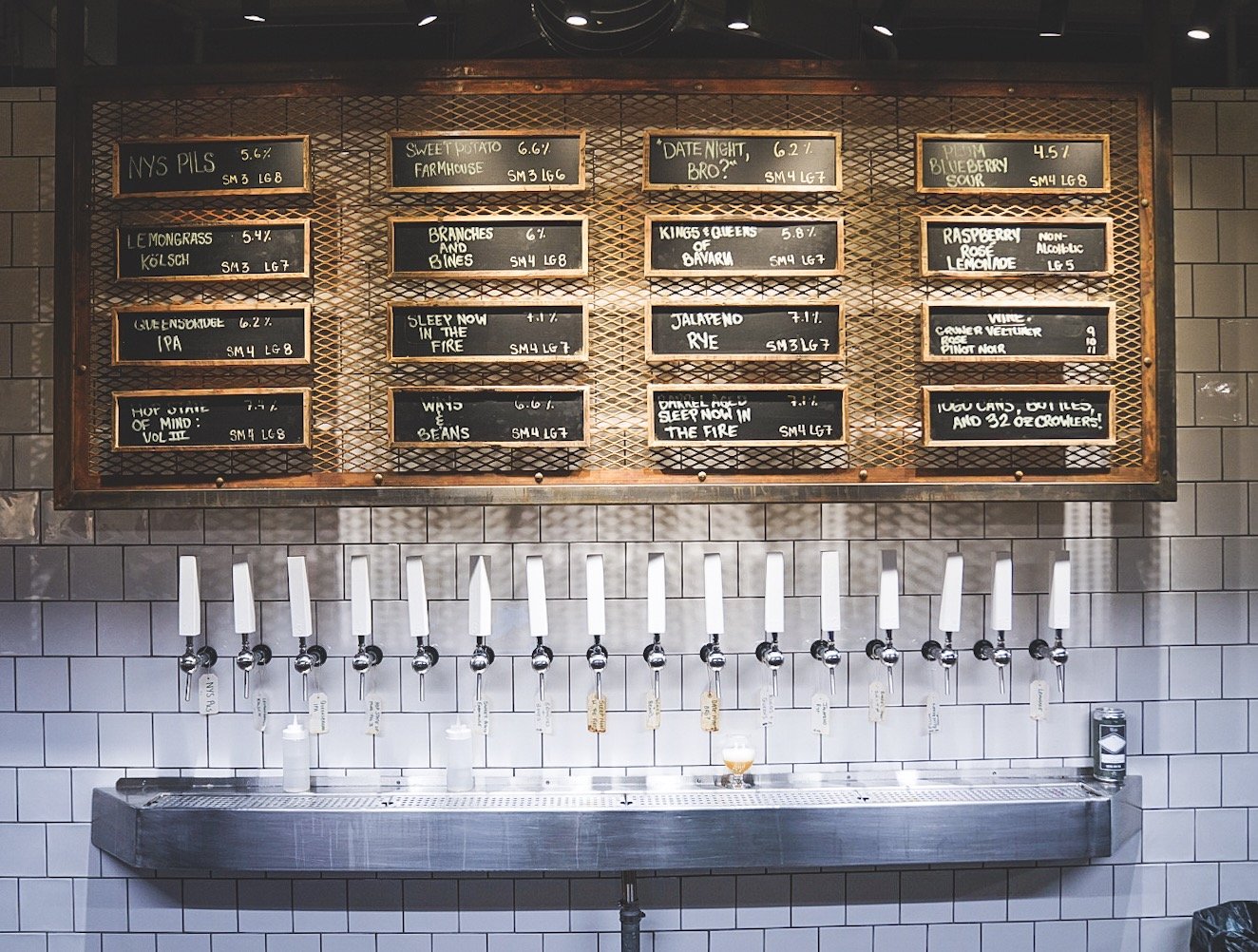THE GOLDEN AGE OF BEER
I was perusing my litany of beer podcasts the other day when the latest Brewbound Podcast popped up on my feed. It was featuring Lester Jones, a longtime beer industry vet and chief economist for the National Beer Wholesaler’s Association, or NBWA. Lester strikes me as a reasonable and highly insightful person, and has always done a great job of painting an accurate and realistic picture of the beer business for plebeians like me over the years. Lester presented a concept, something he coined “Cognitive Beer Dissonance”, and it’s something that I’ve been stewing on for a number of years now as a beer industry professional and beer fan. It gave me the opening I needed to help clarify my thoughts further on the state of the industry and the “health” of the beer category in general. This post is incredibly TL;DR, so brace yourself for a full frontal here.
“There’s a concept called “Cognitive Beer Dissonance.” It’s coming to terms with what we hear about the beer industry and what we actually see when we go out and look””
COGNITIVE BEER DISSONANCE
I LOVE this concept, as it perfectly embodies how I feel about beer these days. 2019 represents the apex of beer in world history in many appreciable and measurable ways:
The ubiquity of locally produced, high quality products is at an all-time high here in the United States.
The general awareness of beer in the cultural zeitgeist is also at an all-time high.
There are more production breweries, globally, than at any other point in human history.
We consume beer regularly with purpose, zeal, and unwavering interest…we talk about it, and blog about it, and make movies about it.
We have leading global certifications on beer to help codify expertise and encourage intellectual discourse.
Beer is now the center point of a road trip (or at least a day trip), versus a quick aside on the way to the actual destination.
Beer is legitimately, really cool.
We’re living, unequivocally, in a time when beer sits at the vanguard of culture and consumption. Right?
Yes, but…and this is certainly because beer is both my business and a rather dedicated hobby, it doesn’t feel like that when I read the beer news, listen to my podcasts, interact with my fellow beer professionals, and have discussions at my own brewery on consumer behavior and annual depletion numbers. I’m an avid subscriber to Beer Business Daily, and were I of weaker constitution, I would think we were all completely f$%ked (No Harry…beer doesn’t just have a Tito’s Vodka problem).
Mass consumption of adjunct light lager is down significantly (barring a few special cases…Mexican Imports and Mich Ultra basically).
Craft isn’t growing anywhere near the historical pace it was in the past 10 years (+4% in 2018 across regional and micro breweries and brewpubs).
Spirits and wine are stealing our market share and our slice of the beverage alcohol pie.
Flavored malt beverages and spiked seltzers are seeing meteoric category gains (which aren’t beer, strictly speaking).
Craft breweries are closing at an increasing rate, and yes, opening at even faster rate.
The on-premise (bars and restaurants) are getting tired of competing with taprooms and own-premise sales, and they feel betrayed by the very brewers they’ve been supporting all these years. Why would I carry your beer if the taproom you opened three blocks away is stealing my business?
Beer is old news, its business model is toxic to the industry at large, and the bubble has burst. Long live gin and tonics. Right?
HEADWINDS, TAILWINDS, CATEGORY CONSIDERATIONS
The beer industry as a whole is currently, and arguably, in the throes of its most dramatic period of evolution since it became a real industry in the United States. Very briefly, here's what's going on:
We have over 7,450 breweries in the country according to to the latest BA numbers. This is regional breweries, local small-production breweries, and brewpubs. 7,450. If you're wondering whether that's a lot of places that make beer...that's A LOT of place that make beer. It's not more than we can handle, however, as we have a highly populated and geographically enormous country.
Hyper-local consumption will continue to grow - At this point, roughly (at least) 80% of the people in the country live within 10 miles of a local brewery. You would have a hard time making that claim about most business categories (like...a post office) in this country. Breweries are fast becoming the de-facto community anchor and local public house that they used to be 250 years ago, and the people seem to be demanding it. Furthermore, they love drinking beer from just down the road. What’s more appealing than well made, fresh, local beer?
Large, multi-national breweries are, on balance, selling less beer in the U.S - There are many, many reasons for this. Some of these multi-nationals are selling significantly more beer, and some of the multi-national's specific brands are doing really well, but the numbers in most of their books aren't getting noticeably less red as time progresses. These companies are dealing with their own identity crisis in an age of authentic, purposeful brewing.
Consumers are drinking less beer, overall - Whether we like to admit it or not, wine and spirits are taking up a larger and larger portion of the overall alcoholic beverage pie, so to speak. In 2006, 65 percent of males listed beer as their go-to drink in the beverage alcohol category. Fast forward to 2016 and that figure has dropped all the way to 43 percent. Headwinds are popping up across all demographics, ages, and geographies.
If we’re honest, craft beer has a bit of an identity issue - Craft beer grew on the back of, and directly in opposition of, flavorless light lager. They took the basic business model of brewing beer and added story, context, flavor, and purpose to the market positioning. They also reintroduced the United States to the majesty (yes…beer is that amazing) and variety of beer styles that are available around the world. You can have your pale ales and goses and dunkels and milds and…all of it! They eschewed using girls in bikinis and instead created a brand based on an approachable lifestyle, quality, and innovation. Their message resonated loudly in the face of corporate corn lager, and it was brilliant to watch them take a few swipes at the big guy. But now….they’re running into demographic and social headwinds. The consumer they found success targeting 10 years ago thinks they’re old news, and now they have to latch onto hot industry trends (gluten-reduced, fruity, low-alc spritzer-type “beer”, for starters) in order to fill the production hopper and keep the balance sheet…balanced properly. This isn’t every brewery, and many large breweries are still seeing healthy, sustainable growth, but it’s a lot of them. What is “craft beer” now if it can’t be the thing we thought it was? Is it ok that it’s shifting to away from the heady days of double digit annual growth and moving toward a more mature, tighter, highly competitive market? What should a craft brewery stand for anymore?
Legislation is inexorably moving toward more lenient distribution and taproom laws - More and more states are amending and updating their beer laws to make it more comfortable for local breweries to open up, and more importantly, grow. Taproom laws, direct-to-consumer sales at said taprooms, and self-distribution (forgoing the requirement to use a distributor to sell to their customers) are all becoming more ubiquitous.
Beer, and craft beer, generally speaking, is still awful at appealing to minorities, women…you know, 80% of the U.S population basically - The Brewer’s Association has a fantastic new diversity ambassador to help shine a little light on the issue here, and it was a laudable step in the right direction. Women, on balance, still don’t drink anywhere near the same amount of beer as men (calories, image, choose your reason). I’m speaking quite broadly here, but the diversity of my local taproom just isn’t diverse…it’s white washed and homogenous. I’m one of those white, bearded guys, so take what I’m saying with a grain of salt. Why the heck don’t more women drink beer? Seriously…it doesn’t make sense to me. And it’s not just the calories thing.
The zeitgeist around beer is strong - Awareness of beer, and its subsequent trial rate, is at an all-time high. We're drinking less beer, but we are at least willing to try whatever's in front of us more consistently. More people are more emotionally connected to the product of beer than ever before.
These aren’t all the factors, but they highlight some of the factors that play into the state of the business these days, both positive and negative... and something about the state of the business has been bothering me, and I think we need to address it sooner than later.
Given all this change, and given the incredible level of competition and dynamism present in the modern day beer business, I think the dissonance I’m feeling has to do with the way we're measuring the health of the category, empirically and anecdotally, and I think it's high time we put together a new formula for the modern age of brewing.


